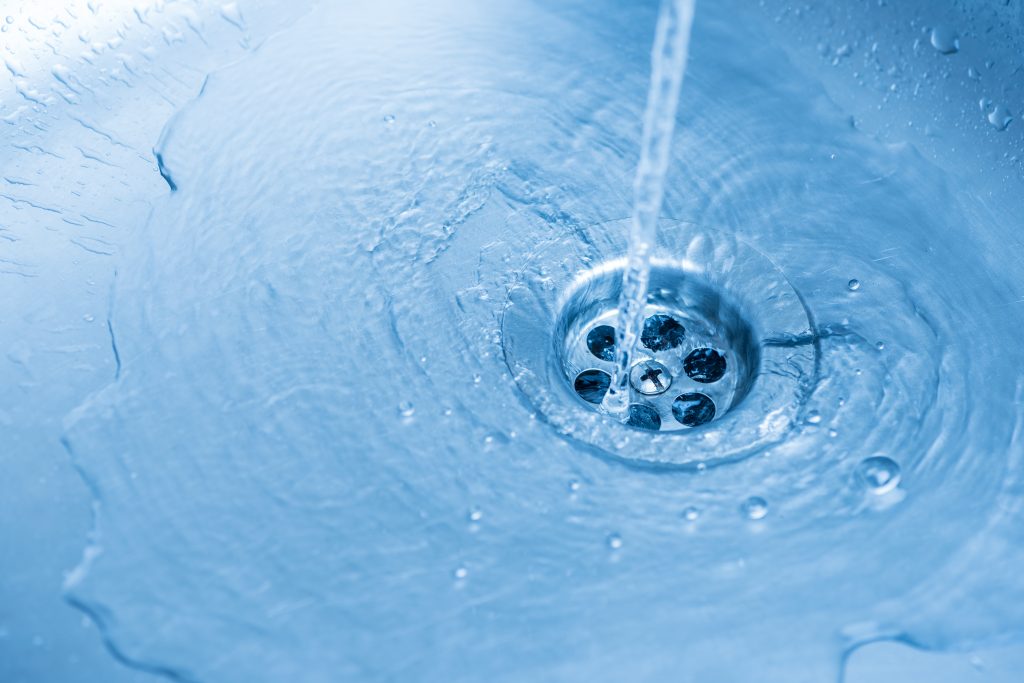One of the benefits of living in Austin, and the greater Austin area, is access to treated city water. But there’s a reason why an estimated 45% of people still use bottled water regularly to meet their hydration needs. Take a few minutes to understand what happens in municipal water treatment and whether you should consider additional home water treatment options.
What Municipal Water Treatment Does
The goal of municipal water treatment is to give you safe drinking water as defined by the Environmental Protection Agency, or EPA. According to their standards, they look for the presence of certain microbes that may pose a health hazard to the population consuming the water, including coliform bacteria such as E. Coli.
The treatment also looks to keep certain contaminants within levels the EPA considers safe. This includes contaminants like arsenic, radon, and nitrates.
The water is tested at the water treatment facility daily, and then it’s sent out to the homes and businesses serviced by that facility. Once it leaves, the water may gain some contaminants as it travels to your home.
How Does Water Get Treated?
Municipal water has a multistep process to remove contaminants and make it safe for your consumption. The majority of the treatment includes methods of removing large solid contaminants. The process includes some screening, straining, and filtering. Part of this process is adding chemicals that help bind some particles together to make them sink and become sediment.
Once the larger particles are removed, the water is then treated with disinfectants to control bacteria and other biological contaminants. The most commonly used disinfectants are chlorine and chloramine. Many municipalities also add fluoride to the water with the stated purpose of trying to improve dental health.
Why Filtering Is Important?
Just because city water receives daily testing and is considered safe by the EPA, that doesn’t mean it’s the quality you want. The treatment is why city water often smells like a swimming pool and may still not taste good.
As it travels to your home, municipal water can also pick up contaminants from within the pipes themselves. This often happens as pipes age and contaminants build up, allowing water to absorb some as it flows. Additionally, the water can pick up additional contaminants once it leaves the treatment facility, especially if there are any leaks in the system.
You May Need a Softener Too
Municipal water treatment does not soften the water, which means it leaves normal minerals in the water. Therefore, you may need a water softener to help remove these particles that ruin water appliances and dry out your skin.
Even with the municipal water treatment available in Austin, you need additional treatment to get the best water possible for your home. Call to schedule your free home water test with the experts at Parobek Water Solutions and discuss options ranging from water filtering and reverse osmosis to water softeners.

